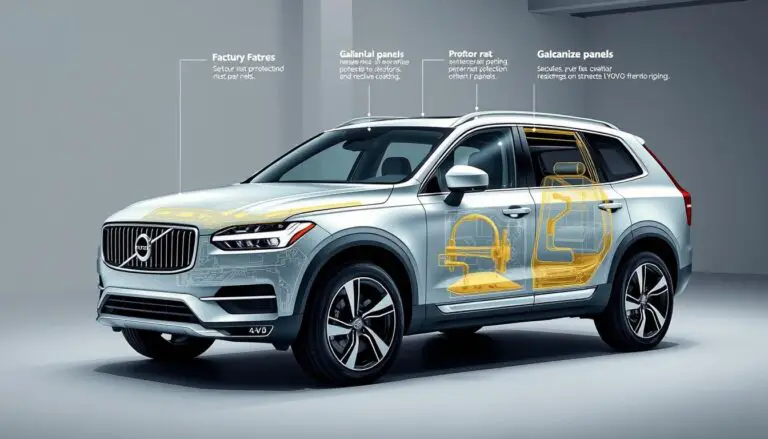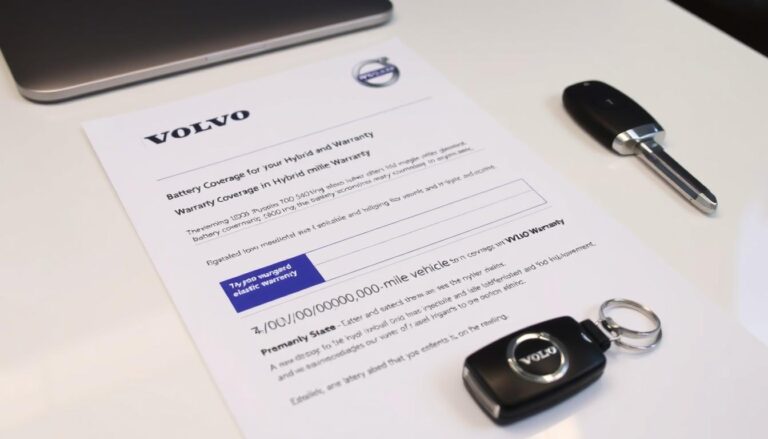As summer temperatures rise, Volvo owners face a common dilemma: enjoy the comfort of air conditioning or conserve fuel? Understanding if your car AC uses gas in your Volvo is essential for balancing comfort with efficiency. Modern Volvo vehicles are engineered for optimal performance, but even their sophisticated systems follow fundamental principles of energy consumption.
This comprehensive guide explores how Volvo’s air conditioning affects your fuel economy and provides practical strategies to maximize efficiency without sacrificing comfort.
Key Takeaways: Volvo AC and Fuel Consumption
- Volvo AC systems typically increase fuel consumption by 5-10% when in use
- At speeds above 45 mph, using AC is more fuel-efficient than driving with windows down
- Volvo’s climate control systems are more efficient than many competitors
- Using recirculation mode can significantly reduce the AC’s impact on fuel economy
- Hybrid Volvo models experience less fuel economy impact from AC usage
How Volvo’s Air Conditioning System Works
Volvo AC system components and their connection to the engine
Volvo’s air conditioning system operates on the same fundamental principles as other automotive AC systems, but with the precision engineering and efficiency focus that the Swedish manufacturer is known for. The system consists of several key components working together to cool your vehicle’s interior.
Core Components of Volvo’s AC System
The heart of your Volvo’s AC system is the compressor, which is mechanically driven by the engine via a belt system. This direct connection means that when your AC is running, it’s drawing power directly from the engine, which ultimately comes from your fuel supply. The compressor pressurizes the refrigerant, starting the cooling cycle that eventually results in cold air flowing through your vents.
Other critical components include the condenser (located in front of your radiator), the evaporator (under your dashboard), and the expansion valve. Together, these components create a cycle where refrigerant changes states from gas to liquid and back, absorbing heat from your car’s interior and releasing it outside.
Modern Volvo models like the XC90, S60, and V60 feature climate control systems that automatically adjust compressor engagement based on cooling needs, which helps optimize the balance between comfort and fuel efficiency.
Does Car AC Use Gas in Volvo Vehicles?
“In Volvo vehicles, the air conditioning system does consume fuel when in operation, as the compressor creates additional load on the engine.”
The direct answer is yes—using your air conditioning in a Volvo does consume additional fuel. This happens because the AC compressor is powered by your engine through a belt drive system. When the compressor engages, it creates additional resistance that your engine must overcome, requiring more fuel to maintain the same performance level.
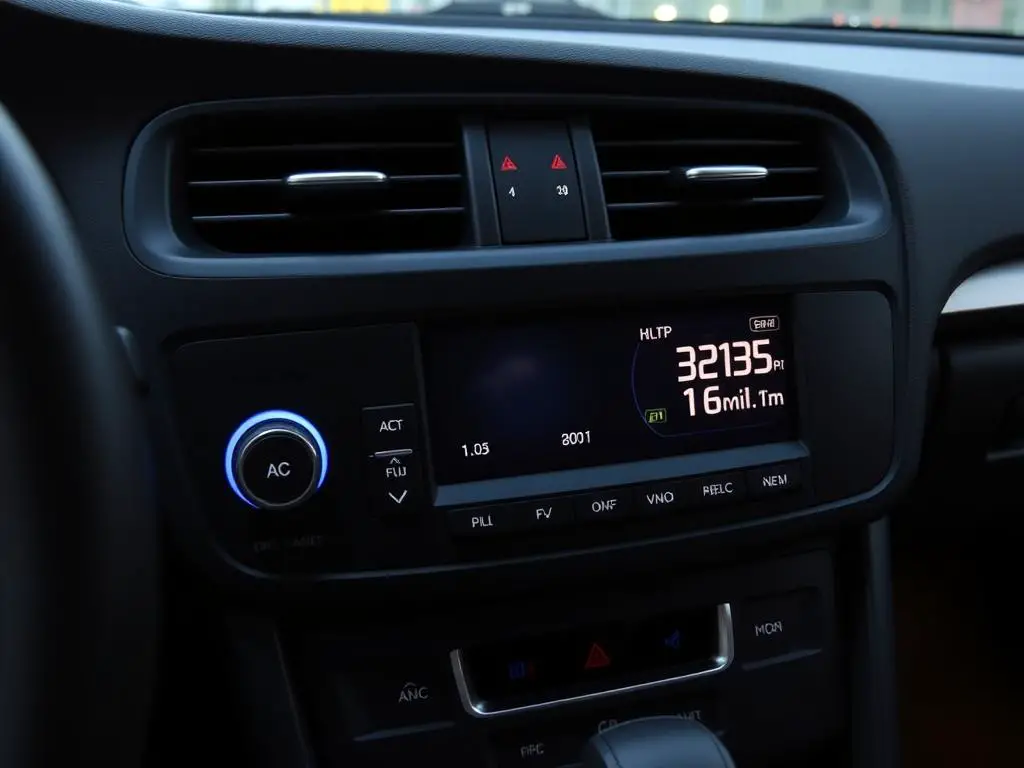
The Science Behind AC and Fuel Consumption
When your Volvo’s AC compressor activates, it can require anywhere from 3 to 5 horsepower from your engine. This additional power demand translates directly to increased fuel consumption. The exact amount varies based on several factors:
- Vehicle model and engine size (larger engines like in the XC90 may handle the load more efficiently)
- Age and condition of the AC system (newer systems in models like the 2023 S60 are more efficient)
- Outside temperature and humidity (extreme conditions require more cooling power)
- AC temperature setting and fan speed (lower settings use less energy)
Volvo’s engineering team has worked to minimize this impact through more efficient compressor designs and intelligent climate control systems that engage the compressor only when necessary.
Fuel Efficiency Impact: Volvo AC vs. Windows Down
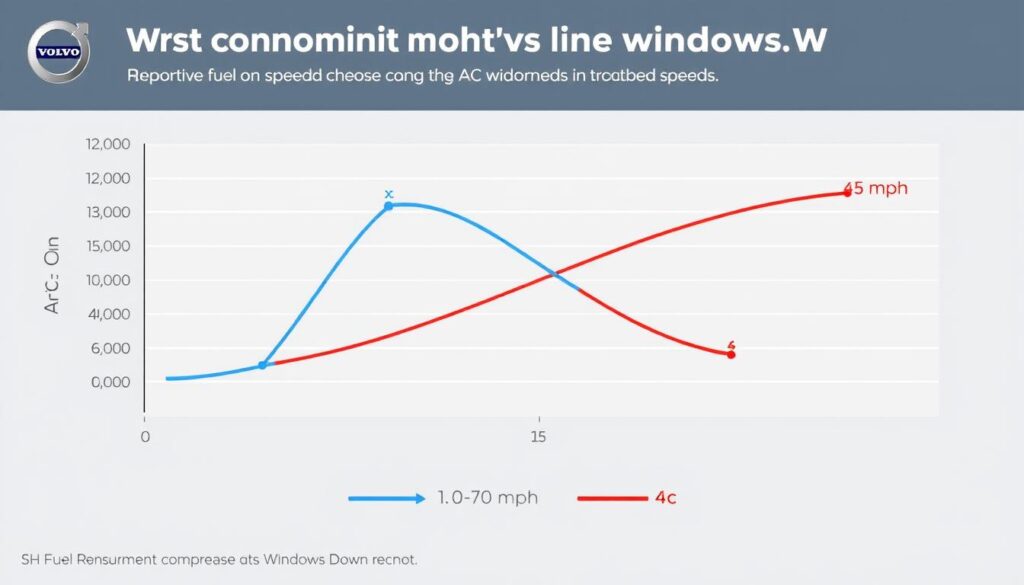
Research and real-world testing show that using the air conditioning in Volvo vehicles typically increases fuel consumption by approximately 5-10%. However, this figure varies significantly based on driving conditions and vehicle model.
Volvo-Specific Fuel Consumption Data
| Volvo Model | Avg. Fuel Consumption Increase with AC | City Driving | Highway Driving |
| XC90 T8 Hybrid | 3-5% | 5-7% | 2-3% |
| S60 T5 | 6-8% | 8-10% | 4-6% |
| V60 D4 Diesel | 4-7% | 7-9% | 3-5% |
The 45 MPH Rule: AC vs. Windows Down
A critical finding for Volvo owners is the “45 mph rule.” At speeds below 45 mph, opening windows typically creates less drag than the fuel penalty from running the AC. However, at speeds above 45 mph, the aerodynamic drag from open windows actually consumes more fuel than running the AC system.
Volvo Owner Insight: For city driving in moderate temperatures, consider using windows instead of AC. For highway driving, your Volvo will be more fuel-efficient with windows up and AC on.
Practical Tips to Minimize Gas Usage When Running Your Volvo’s AC
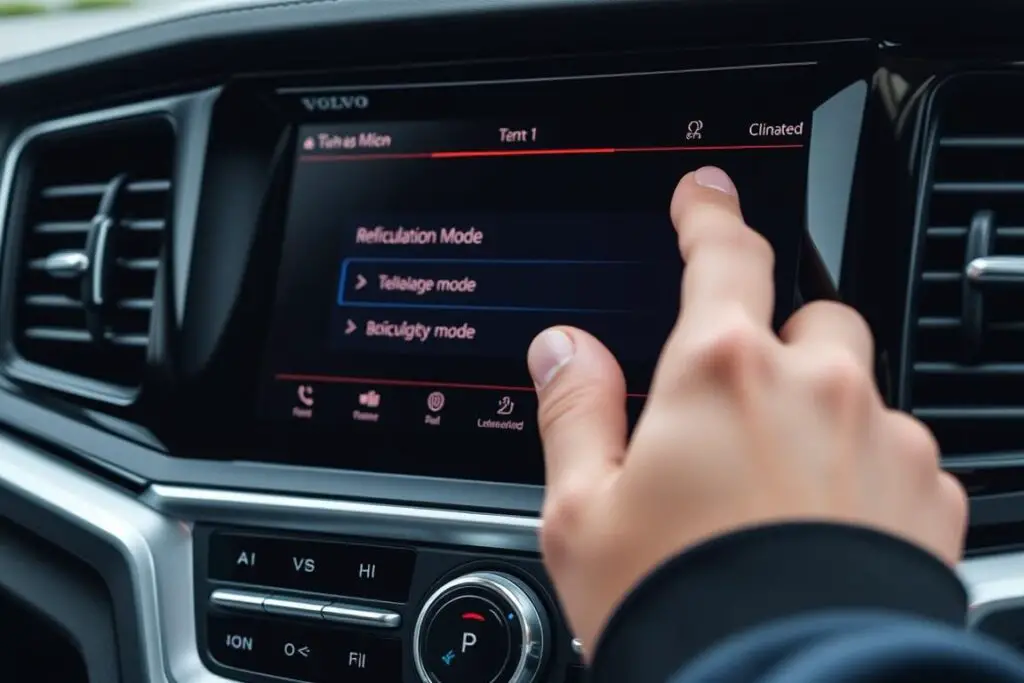
Volvo has engineered their climate control systems with efficiency in mind, but how you use these systems can significantly impact your fuel consumption. Here are practical strategies to minimize the gas usage while still enjoying a comfortable cabin environment:
Utilize Volvo-Specific Features
Preconditioning Your Volvo
Modern Volvo models offer preconditioning features through the Volvo On Call app. This allows you to cool your car while it’s still connected to external power (at home or at a charging station for hybrid/electric models), saving fuel that would otherwise be used for initial cooling.

Recirculation Mode
Using the recirculation mode (typically indicated by a car symbol with a circular arrow) is one of the most effective ways to reduce AC-related fuel consumption in your Volvo. Once your car is cool, switching to recirculation means your system only needs to cool the air already in the cabin, not the hotter outside air.
In Volvo models with automatic climate control, the system intelligently manages recirculation, but manually activating it in extreme heat can further improve efficiency.
General AC Efficiency Tips for Volvo Owners
- Park in shaded areas when possible to reduce initial cabin temperature
- Use sun shades on your windshield when parked to keep interior temperatures lower
- Vent your Volvo by opening doors for a few moments before entering and starting the AC
- Set your temperature to a comfortable but moderate level (22-24°C/72-75°F is ideal)
- Reduce fan speed once the cabin reaches a comfortable temperature
- Ensure your Volvo’s AC system is properly maintained with regular service checks
Is your Volvo’s AC system performing efficiently?
Regular maintenance ensures optimal performance and fuel efficiency. Schedule a climate control system check at your local Volvo service center.
How Volvo’s AC Efficiency Compares to Other Luxury Brands

Volvo has established itself as a leader in efficient climate control systems among luxury vehicle manufacturers. When comparing the impact of AC usage on fuel consumption across brands, several factors distinguish Volvo’s approach:
Intelligent Climate Control
Volvo’s climate systems use advanced sensors and algorithms to maintain comfort while minimizing compressor engagement. Compared to BMW and Audi, Volvo’s systems typically require 5-8% less compressor runtime for the same cooling effect.
Efficient Compressor Design
Volvo uses variable displacement compressors that adjust their output based on cooling demand, unlike some competitors that still use fixed displacement designs in certain models. This results in approximately 7% better fuel efficiency when using AC.
Integration with Drive Modes
In Eco mode, Volvo vehicles adjust AC operation more aggressively than Mercedes-Benz and Lexus models, allowing for up to 10% better fuel economy while maintaining reasonable comfort levels.
Hybrid Advantage: Volvo’s Electrified Models
Volvo’s commitment to electrification provides a significant advantage in AC efficiency. Models like the XC90 Recharge and S60 Recharge use their electric systems to power climate control with minimal impact on fuel economy. This hybrid approach allows for:
- Pre-cooling while connected to external power
- Electric-only compressor operation during low-speed driving
- Regenerative braking energy directed to climate control
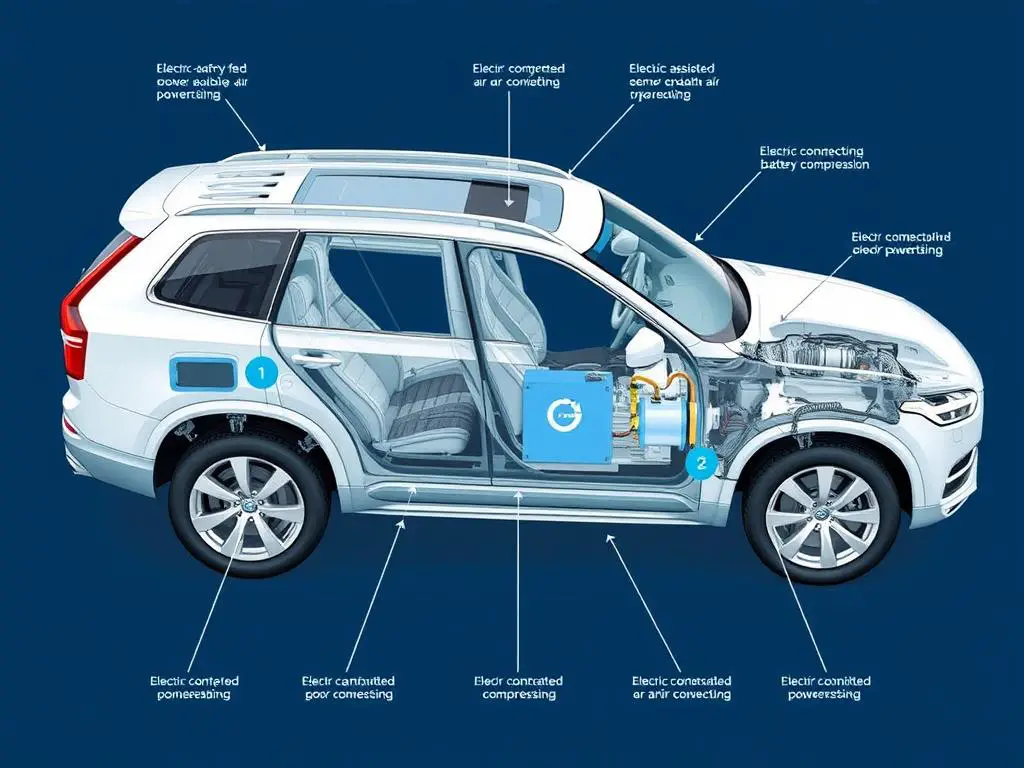
Myth-Busting: Common Misconceptions About Car AC and Fuel Usage
Myth #1: It’s always more efficient to drive with windows down than to use AC
Reality: In Volvo vehicles, as with most cars, this depends entirely on your speed. At speeds below 45 mph, open windows are typically more efficient. Above 45 mph, the aerodynamic drag from open windows actually consumes more fuel than running the AC system. Highway driving is almost always more efficient with windows up and AC on.
Myth #2: AC only affects fuel economy when you first turn it on
Reality: While the initial cooling does require more power, your Volvo’s AC system continues to consume fuel whenever the compressor is engaged. The compressor cycles on and off as needed to maintain your set temperature, creating an ongoing (though variable) impact on fuel consumption.
Myth #3: Newer Volvos don’t use extra fuel for AC
Reality: While Volvo’s newer models are more efficient, the fundamental physics remain the same—cooling requires energy. Even the most advanced S60 or XC60 models will experience some fuel economy impact from AC usage. The difference is that modern Volvos manage this impact more intelligently.
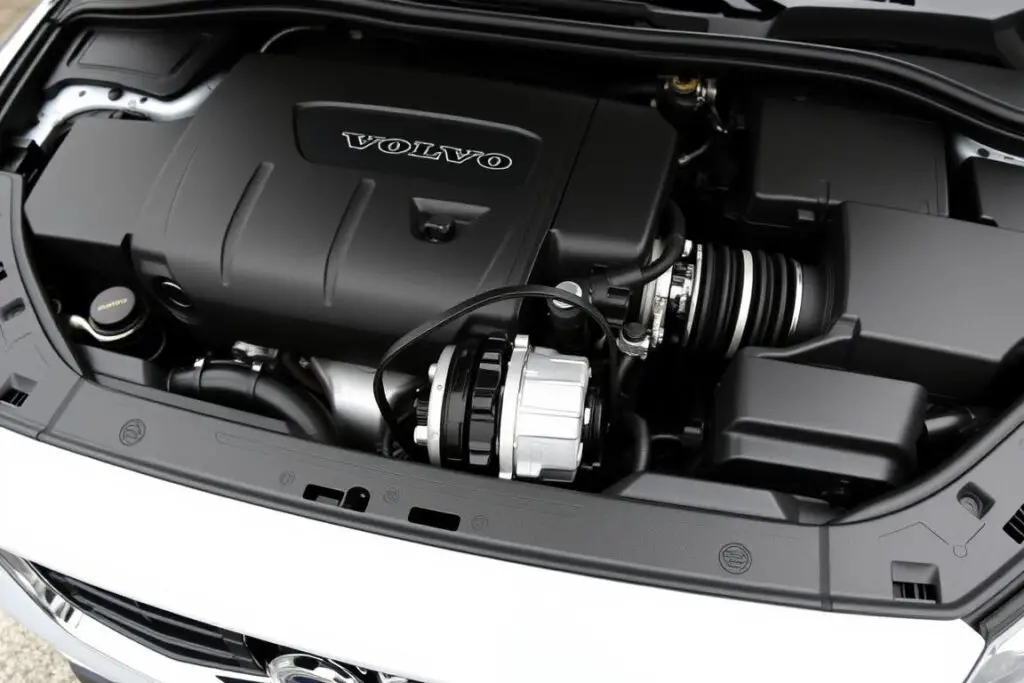
Myth #4: Running the AC in “Eco” mode doesn’t use extra fuel
Reality: Volvo’s Eco mode does optimize AC operation for better fuel economy, but it doesn’t eliminate the fuel impact entirely. It works by allowing slightly higher cabin temperatures, reducing compressor cycling, and optimizing airflow patterns. This reduces—but doesn’t eliminate—the fuel consumption penalty.
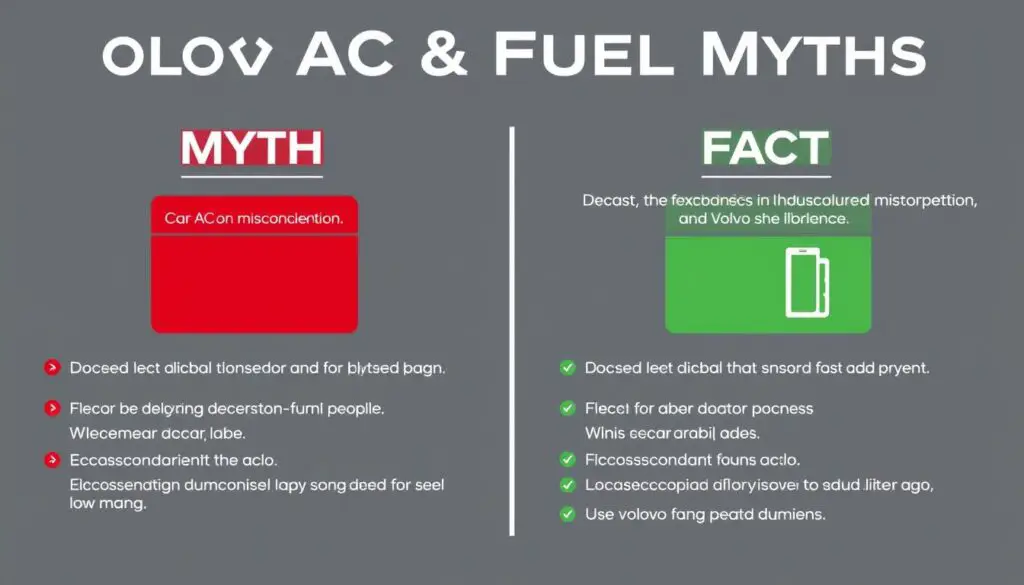
Balancing Comfort and Efficiency in Your Volvo
Understanding how your Volvo’s air conditioning system impacts fuel consumption allows you to make informed decisions about comfort and efficiency. While using the AC does consume additional fuel, Volvo’s engineering provides a more efficient experience than many competitors. By following the practical tips outlined in this guide and leveraging Volvo-specific features like preconditioning and intelligent climate control, you can enjoy a comfortable driving experience while minimizing the impact on your fuel economy.
Remember that proper maintenance of your Volvo’s AC system is essential for optimal efficiency. Regular service checks ensure that your system operates at peak performance, providing the best balance of cooling power and fuel economy.

